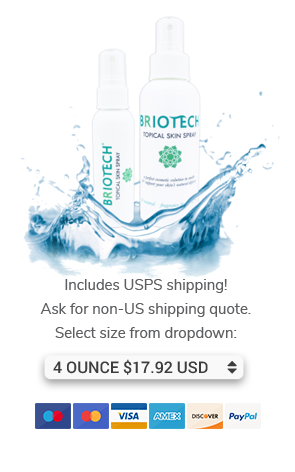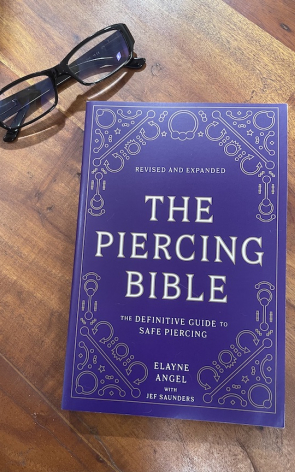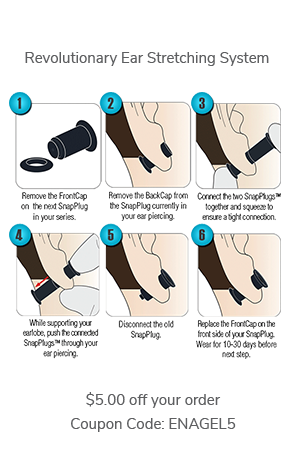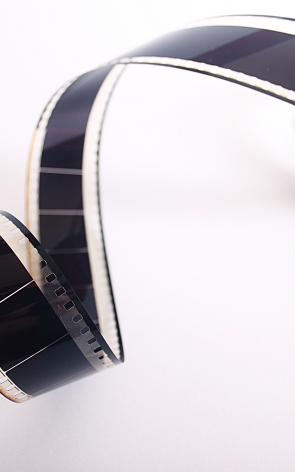I received this message today:
Hi,
First and foremost I would like to say that you have a good looking and very informative site, which is somewhat hard to come accross in the piercing industry. I saw that on your blog area you answer Q & A's from your readers.I have many customers that ask me questions about acrylic jewelry and proper ways to clean them. Searching on the internet for a answer to this question seems a little tough and many suggest using a mild soap and towel dry the jewelry. As a piercer, how do you recommend to sanitize acrylic jewelry?
Thank you! :)
Chris Grucelski
Hi Chris,
Thanks for the positive feedback about my website. I appreciate it.
A wash with germicidal soap and water is generally a safe way to prepare jewelry for insertion into a healed piercing. Obviously, jewelry for initial piercings must be sterilized prior to insertion. Some cold sterilant solutions may be safe for certain types of plastics, but many will be too strong and cause damage to the jewelry.
The description for provided on this website is thorough, and suitable for acrylic jewelry that will be placed in a healed piercing, and for maintenance of such jewelry:
http://www.ehow.com/how_4898447_clean-acrylic-body-jewelry.html
In my book, The Piercing Bible--The Definitive Guide to Safe Body Piercing, I put acrylic jewelry in the section on "Jewelry for Healed Piercings" (not in the one for initial jewelry). Here is that part of the chapter:
Man-Made Materials
A variety of nonmetal materials are frequently fashioned into body jewelry, including
acrylic and glass. PTFE (Teflon) and Tygon are autoclavable plastics commonly used in
fresh piercings, so they are discussed with the other materials used for initial jewelry
in “Nontoxic Plastics,” page 77.
• Acrylic/plastic: Acrylic is a general term for many varieties of plastic, including
those sold under the brand names Plexiglass and Lucite. Certain plastics are better
suited for wear in the body than others. Some are described as “FDA approved,”
though none are suggested for fresh piercings or new stretches. Acrylic threaded
balls, acrylic-topped metal nostril screws, and other styles in which the acrylic
does not pass through the tissue may be fine as initial jewelry. They may not
be safe for everyone or suited to long-term wear, even in healed piercings. Most
acrylic cannot withstand the pressure and high temperatures of an autoclave so
it must be disinfected rather than sterilized.
• Because acrylic is lightweight—about half the weight of glass—and inexpen-
sive, it is commonly worn in enlarged piercings. It comes in a tremendous
range of colors and also in clear and flesh tones, so concealment and retainer
styles are frequently fashioned from acrylic. Watch out for glow-in-the-dark
plastic jewelry: it is considered unsafe for wear in the body, and possibly carci-
nogenic. However, UV varieties that fluoresce under black light can be safe.
• Most types of acrylic are quite fragile, especially when exposed to cold.
Extended exposure to direct sunlight or heat can cause warping. Alcohol
and other chemicals can crack, degrade, or even destroy this material. Use
your hands or warm water to heat an acrylic captive ring before attempting to
change its bead or it could snap due to brittleness. Acrylic can be scratched
easily, so check the condition of your jewelry regularly, avoid the use of tools,
and store it carefully. If you screw on an acrylic threaded end too tight, you can
crack it or cause the threads to come out of it.
• PMMA (polymethylmethacrylate) is a type of acrylic that has superior impact
strength and is better suited for wear in the body than some other varieties;
it is used for many medical and dental applications. Some body jewelry is
referred to as dental acrylic, a hard, biocompatible form of the plastic. I’ve seen
some of these products melt or warp at high temperatures even though they
are supposed to be able to withstand autoclave sterilization.
You can learn more about PMMA here.
• Silicone is another type of plastic that is soft and flexible. It is used for orna-
ments that add onto, or take the place of, balls or beads, and is also worn in
piercings, usually as eyelets. The softer the silicone, the stickier it will be, and
this can be a source of irritation if it adheres to your tissue. Clean silicone
jewelry regularly and carefully and keep it as dry as possible. A tight fit can
trap secretions and cause irritation and infection. Your skin cannot breathe
well with snug-fitting silicone occluding the tissue. Not everyone can tolerate
this material in piercings.
Let me know if you have other questions.
Sincerely,
Elayne
Elayne Angel, Author
The Piercing Bible--The Definitive Guide to Safe Body Piercing
Medical Liaison, Association of Professional Piercers
[email protected]
http://piercingbible.com/
http://www.facebook.com/elayneangel
http://twitter.com/elayneangel
http://www.linkedin.com/in/authorelayneangel




